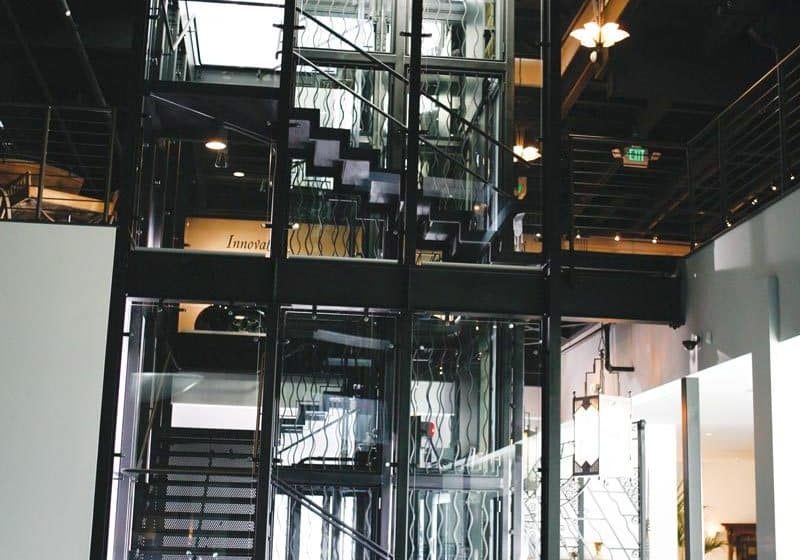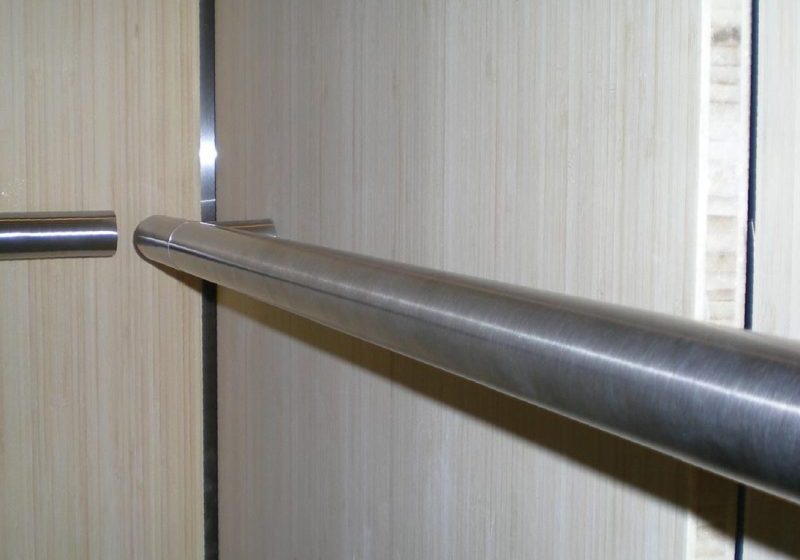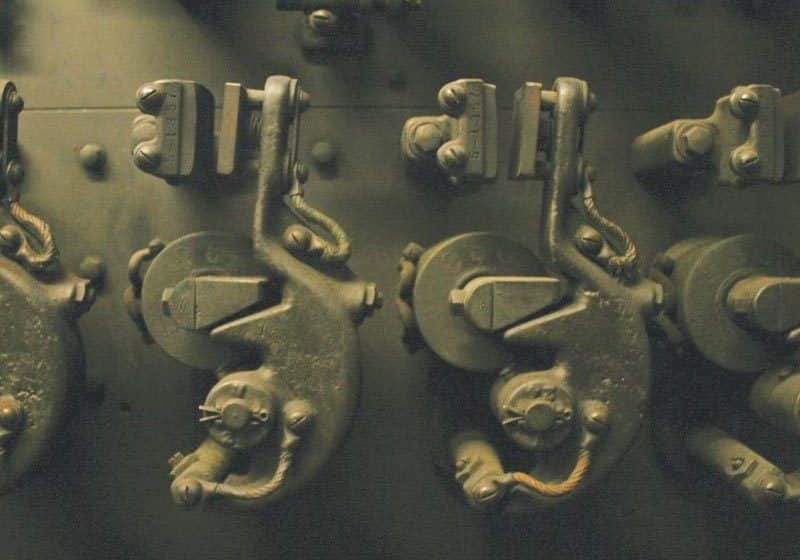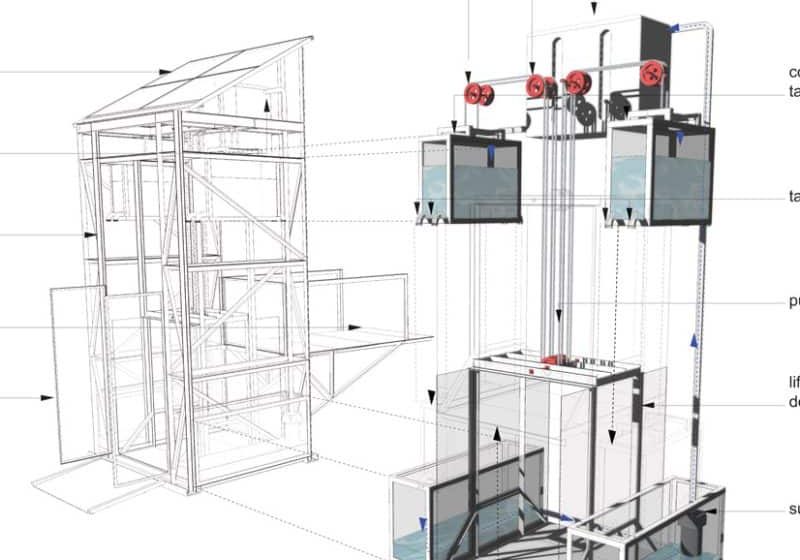We are finally starting to bounce back from what has been one of the coldest and snowiest winters in memory, and perhaps, even history. Throughout most of this winter, record snowfalls were experienced in the northern U.S., and now as we are in the early weeks of spring, the snowmelt is creating numerous floods along the great rivers of our nation.
So, what, you might ask, does any of this have to do with this month’s Green issue of ELEVATOR WORLD? It makes me feel that perhaps our industry and others have been doing a pretty good job in trying to offset the effects of global warming. The debate over whether this is in fact the case (and the degree to which we actually have any control over such a situation), I will leave up to the scientists. However, I think we all agree that we must be good stewards of our environment. We must utilize our energy resources and consume products responsibly, whether or not doing so has any appreciable effect on the world’s climate.
This month, as we have done in the past and will continue to do each year, we have dedicated EW to topics that discuss green vertical-transportation products and systems, and business practices and methods that are environmentally responsible. You will see that our industry continues to be at the forefront of the environmental movement, and I am proud to say that this is not because if we don’t, planet earth will experience a meltdown, but instead, because it is the right thing to do!
With respect to “Going Green,” the question more often than not being asked by business leaders these days is, “Is it worth it?” In this issue, an article by Allison Weber of WestCoast Innovative Pro Pads sheds a good degree of light on this very controversial subject and offers the pros and cons of going green. Her article will give you much to think about and provide you with sound advice on what you should consider in making this decision. In the article, Weber points out that cost is not the only issue that should be considered.
A project report by Elevation’s Editor Ish Buckingham describes a truly unique solar- and water-powered lift, which is the most environmentally responsive elevator system we have seen. Solar panels derive the electrical power needed to run pumps, which pump water in to and out of the lift’s counterweights to run the elevator. This unit has been installed on the historic Duke of York Steps in London and is a remarkably innovative means of providing access for the elderly and disabled.
By now, we are all aware of the Leadership in Energy and Environmental Design® (LEED) program for buildings and building products that has been developed and is administered by the U.S. Green Building Council of the Department of Energy. In an article by Gary Keen, an interview with Cara Furgiuele of SnapCab by Bostock discusses the parameters of this program and how building projects are provided with financial incentives by local governments to achieve various LEED ratings. She also describes how SnapCap has implemented its green business and product initiative, and what this has meant
to its organization and clients. This article will not only provide you with an inside look at how this organization has fulfilled its environmental responsibility, but also how you can do the same for your business.
Throughout this month’s issue, numerous energy-efficient and ecologically sensitive products are reported on and discussed in various project reports, articles and news items. Among these are traction elevator machines and drives, hydraulic-elevator pump units, elevator car and door equipment, and escalators. This is a clear indication that the elevator industry is now well on its way to fulfilling its responsibility to society by providing environmentally sensitive products and systems, and conducting business in an eco-friendly manner.
It has been reported that the construction and operation of buildings may account for as much as 70% of the energy usage throughout the world. While the elevators in most buildings account for only 3-5% of a building’s total energy demand, it is clear that a small fraction of a large number is a significant contribution to the world’s utilization of our resources. So, regardless of whether the energy consumed by human beings can actually have a significant impact on the fate of our planet and the vast universe of which we are all a part, we must continue to be environmentally responsible. Fortunately, our industry is certainly at the forefront of this effort.
Get more of Elevator World. Sign up for our free e-newsletter.









